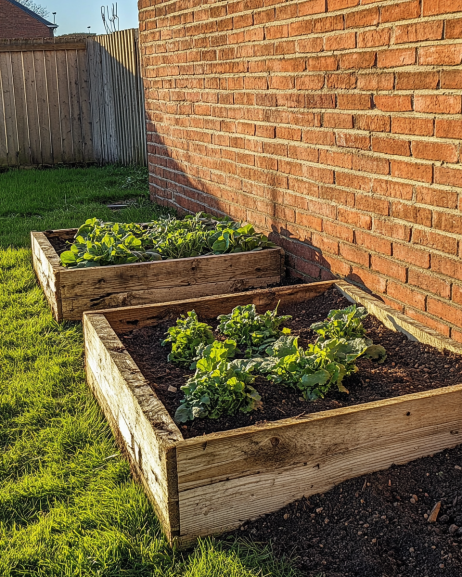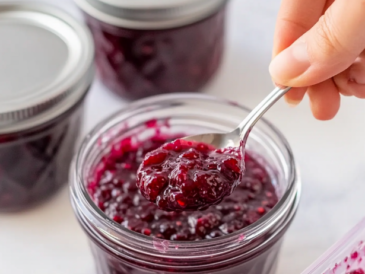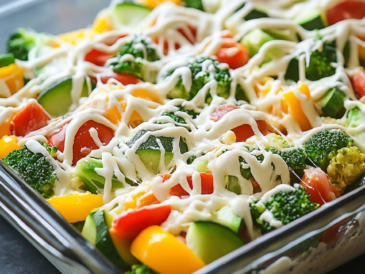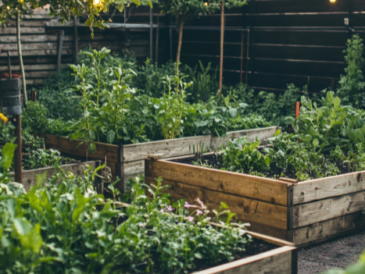- Choose Your Location: Select a sunny spot in your yard where you want to establish your garden bed. It can be on an existing bed, a patch of lawn, or even on concrete.
- Layer 1: Cardboard or Newspaper: Begin by laying down a thick layer of cardboard or newspaper. Wet it thoroughly to help it start breaking down and to keep it from blowing away.
- Layer 2: Coarse Material: Add a 4-6 inch layer of coarse organic material like small branches, twigs, or straw. This will help with drainage.
- Layer 3: Green Material: Next, add a 2-4 inch layer of green material such as fresh grass clippings, fruit and vegetable scraps, or green leaves.
- Layer 4: Brown Material: On top of the green layer, add 4-6 inches of brown material, like dry leaves, shredded newspaper, or wood chips.
- Repeat the Layers: If you have enough materials, you can repeat the layers, alternating between green and brown materials until your bed is 18-24 inches high.
- Top Layer: Compost or Soil: Finish with a 2-3 inch layer of compost or topsoil. This is where you’ll plant your seeds or seedlings.
- Water the Bed: Thoroughly water the entire bed. Moisture will help the layers start breaking down and allow the garden bed to settle.
- Plant: You can start planting immediately or wait a few weeks for the layers to decompose slightly. Either way, your plants will benefit from the nutrient-rich environment.
The Benefits You’ll Notice
One of the first things you’ll notice after setting up your lasagna garden is how quickly your plants grow. The nutrient-rich soil created by the decomposing layers provides everything your plants need to thrive. The loose, well-aerated soil also allows roots to grow more easily, resulting in healthier, more robust plants.
Another significant advantage of lasagna gardening is its ability to suppress weeds. The thick layers of organic material block sunlight from reaching weed seeds, preventing them from sprouting. This means less time spent weeding!
Additionally, lasagna gardening is excellent for conserving water. The layers of organic material help retain moisture, meaning you’ll need to water less frequently—an essential benefit during hot summer months or in areas with water restrictions.
Tips from My Nana
To get the most out of your lasagna garden, here are a few tips my nana always follows:
- Use What You Have: Don’t feel pressured to follow a strict recipe of materials. Use whatever organic material you have on hand—old leaves, grass clippings, kitchen scraps, and even coffee grounds all work well.
- Keep Adding Layers: As the layers decompose and settle over time, continue adding more layers of organic material. This will keep your garden bed rich in nutrients and maintain its height.
- Start Small: If you’re new to lasagna gardening, start with a small bed to get the hang of it. Once you see how easy and effective it is, you can expand.
- Patience Pays Off: While you can plant immediately, the bed will improve over time as the layers break down and enrich the soil. The first year might see modest results, but by the second and third years, your garden will be bursting with life.
Lasagna gardening is an easy and effective way to create a thriving garden with minimal effort. By harnessing the power of nature, you can enjoy a bountiful harvest while reducing the time and energy spent on traditional gardening tasks. Happy gardening!




